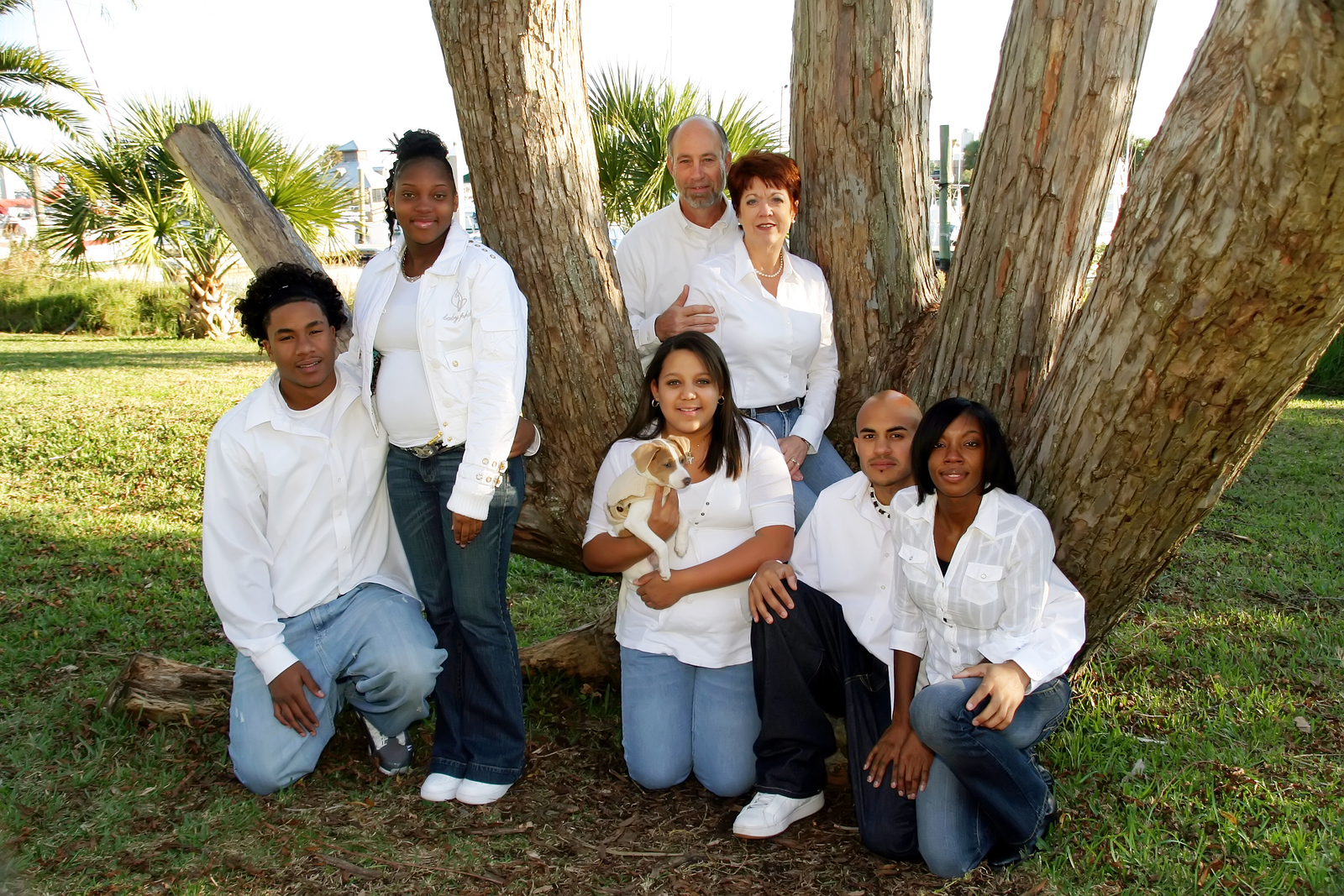
If you grew up watching Leave it to Beaver, you saw a family with traditional estate planning goals and challenges, as compared to today’s Modern Family, with stepparents, stepchildren and a host of dynamics which calls for a vastly different estate plan, reports a recent article, “Comparing Estate Planning: ‘Leave It to Beaver’ vs. ‘Modern Family’” from Kiplinger.
Planning goals require identifying overall goals and concerns and identifying heirs. Are you concerned about divorce or lawsuit protection? What do your family members need? Probate will subject your estate and family to higher costs, delays and the public nature of a formal court proceeding where heirs’ names, inheritances and asset values become public information.
Failing to identify heirs or beneficiaries and their needs clearly is especially important for a blended family. This could result in your state's probate code becoming the guiding law, which may not align with your wishes. The probate code is less likely to identify desired heirs of a blended family.
Estate planning for a blended family must also address who will be authorized to make decisions in the event of incapacity to make medical decisions. Failing to do so could result in a family member whom you might not have named making important decisions on your behalf. An estate plan should include healthcare proxy and HIPAA release forms.
When correctly drafted and executed, trusts can help avoid probate. Here’s an example of how this can go wrong. A woman’s husband died. He had handled the couple’s finances. All of the assets were in his name alone. In this case, California, the probate code limited the distribution to one-third for the surviving spouse and two-thirds for the children, including one minor child. The surviving spouse felt she was a 50% owner of the combined assets and fully expected to receive control and ownership of all assets upon his death. Having assets go to children was unexpected, created financial difficulties and strained the family relationship.
Do you live in a community property state? In these states, property for married couples is characterized as community (jointly owned) or separate (owned by one spouse). Care needs to be taken by both spouses as to how properties, assets and accounts are titled.
Arizona, California, Idaho, Louisiana, Nevada, New Mexico, Texas, and Washington are community property states. Property rights established in a community property state can still have consequences for those moving to states that don’t have community property rights. If that describes your situation, a meeting with an estate planning attorney should take place to discuss the implications for your estate property distribution.
An estate plan should be created to provide for the surviving spouse and the deceased spouse’s children. In traditional families, all assets usually go to the surviving spouse with few restrictions. In the case of second marriages, there are ways to provide for the surviving spouse. One way is to retain the deceased spouse’s assets in a trust. The trust provides for all the income to the spouse and discretionary principal distributions. A Qualified Terminal Interest Trust (QTIP) may permit the trust to qualify for the marital deduction for estate tax purposes.
The selection of trustees is an important decision for a blended family. In this case, it may be better to have a professional fiduciary who is not emotionally engaged with one side or another to alleviate any emotional baggage.
An experienced estate planning attorney will be able to guide the family through creating a comprehensive estate plan to assuage concerns about children from prior marriages receiving their rightful inheritance, while protecting the surviving spouse’s quality of life.
Reference: Kiplinger (June 12, 2023) “Comparing Estate Planning: ‘Leave It to Beaver’ vs. ‘Modern Family’”
